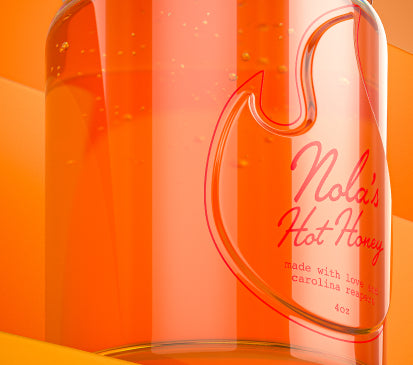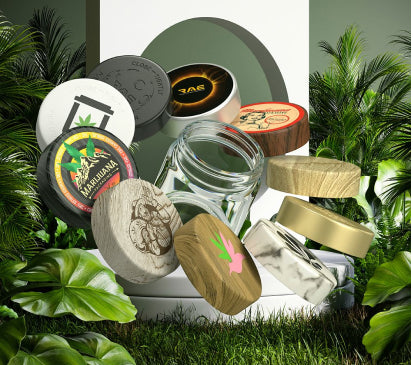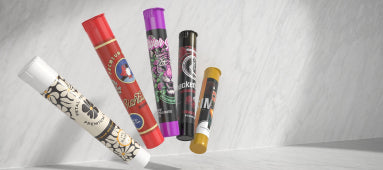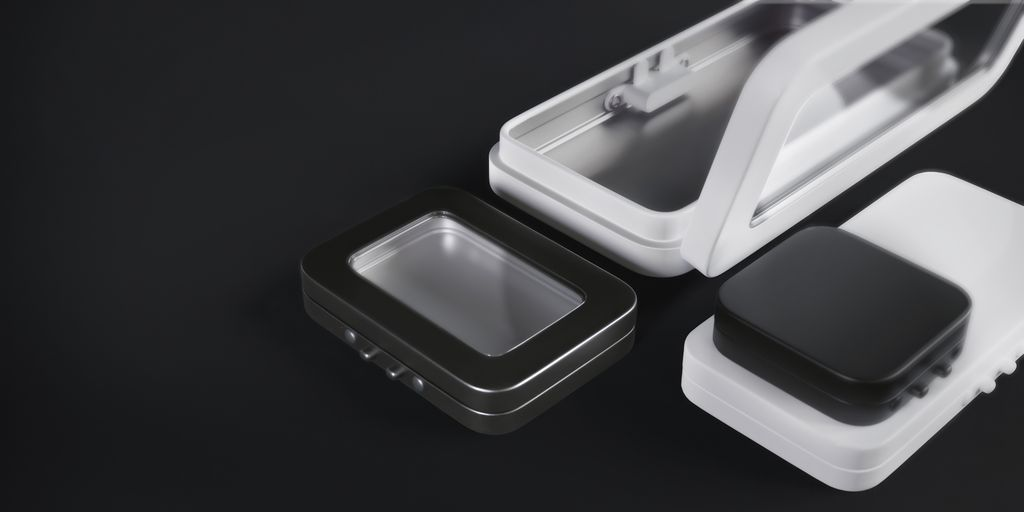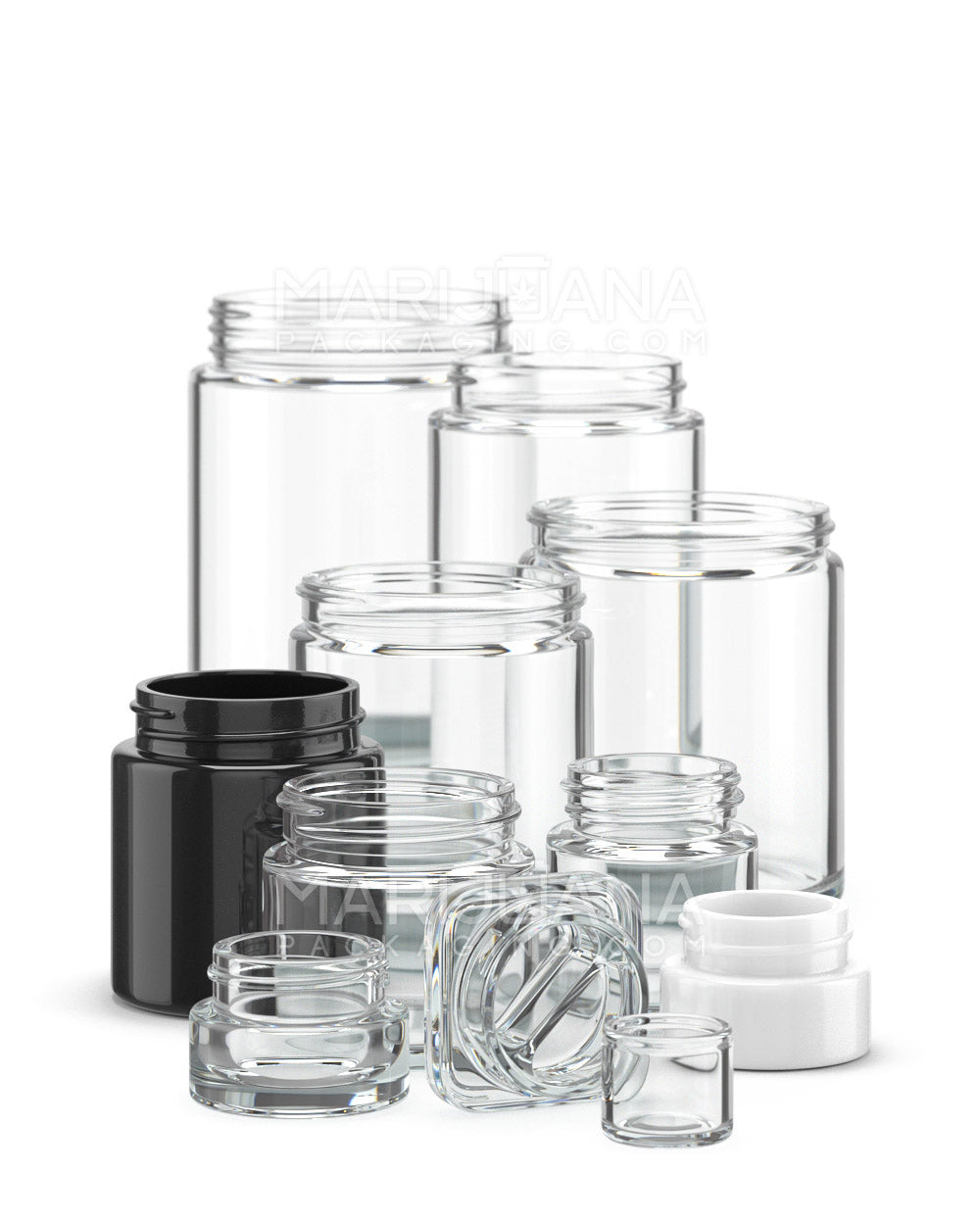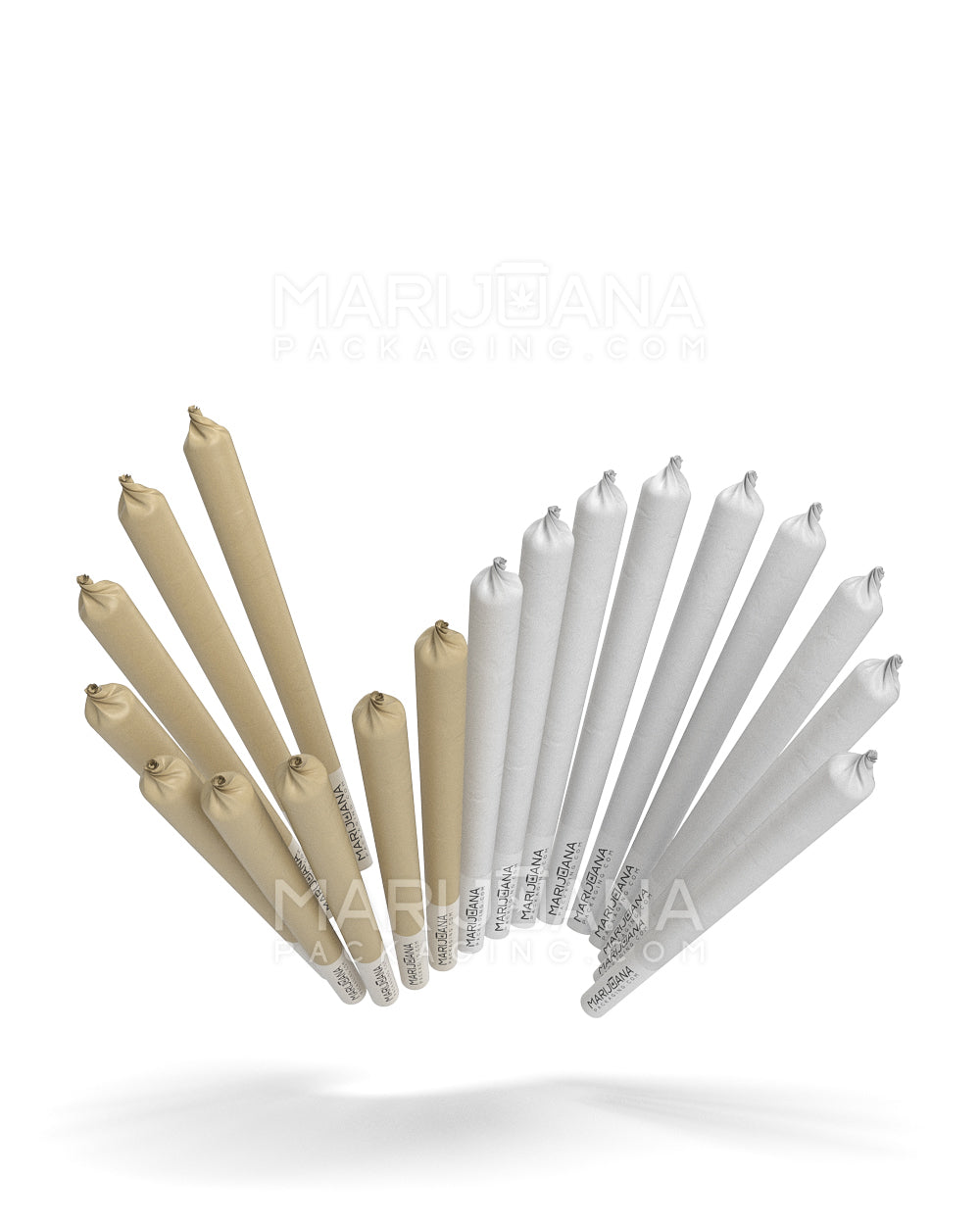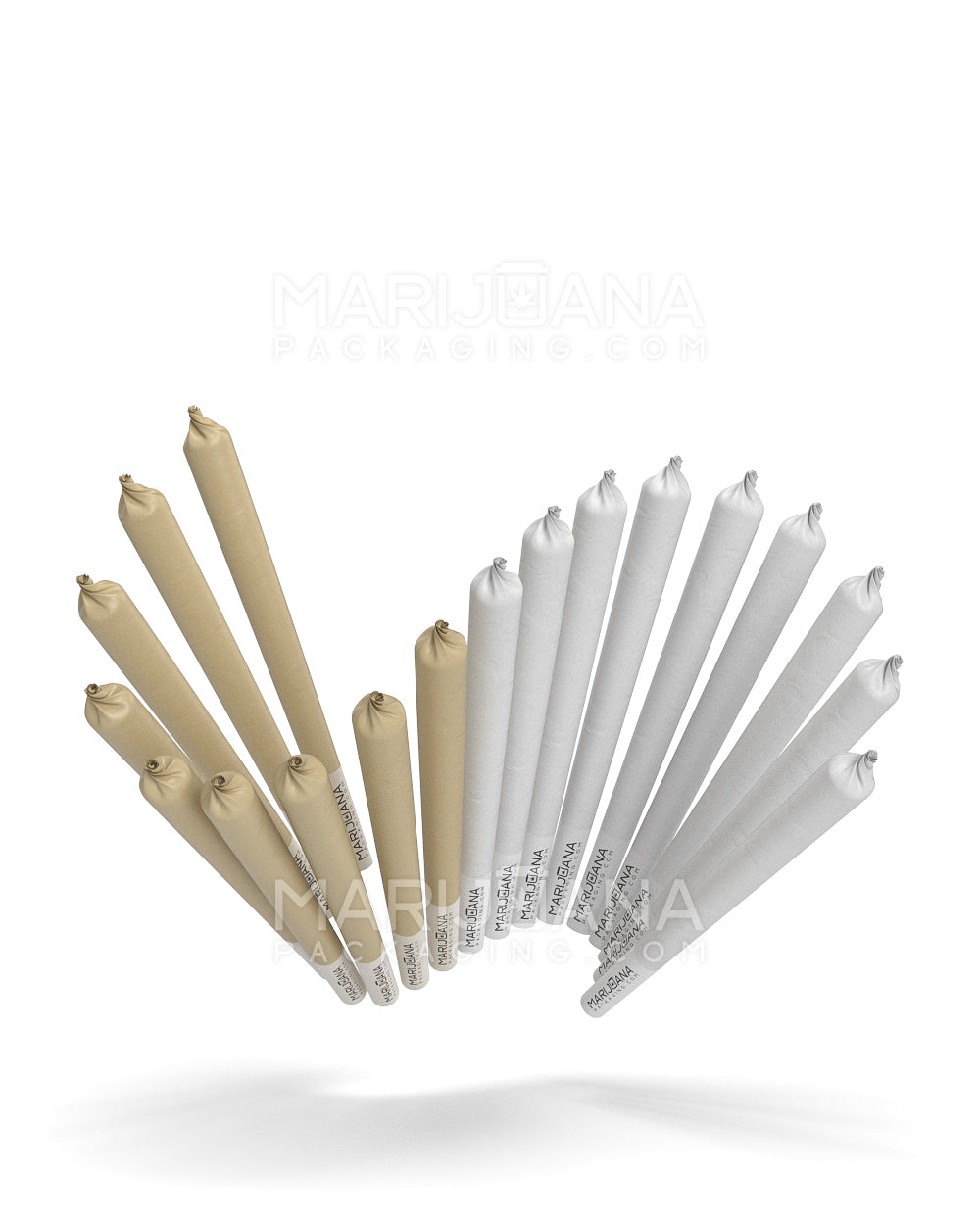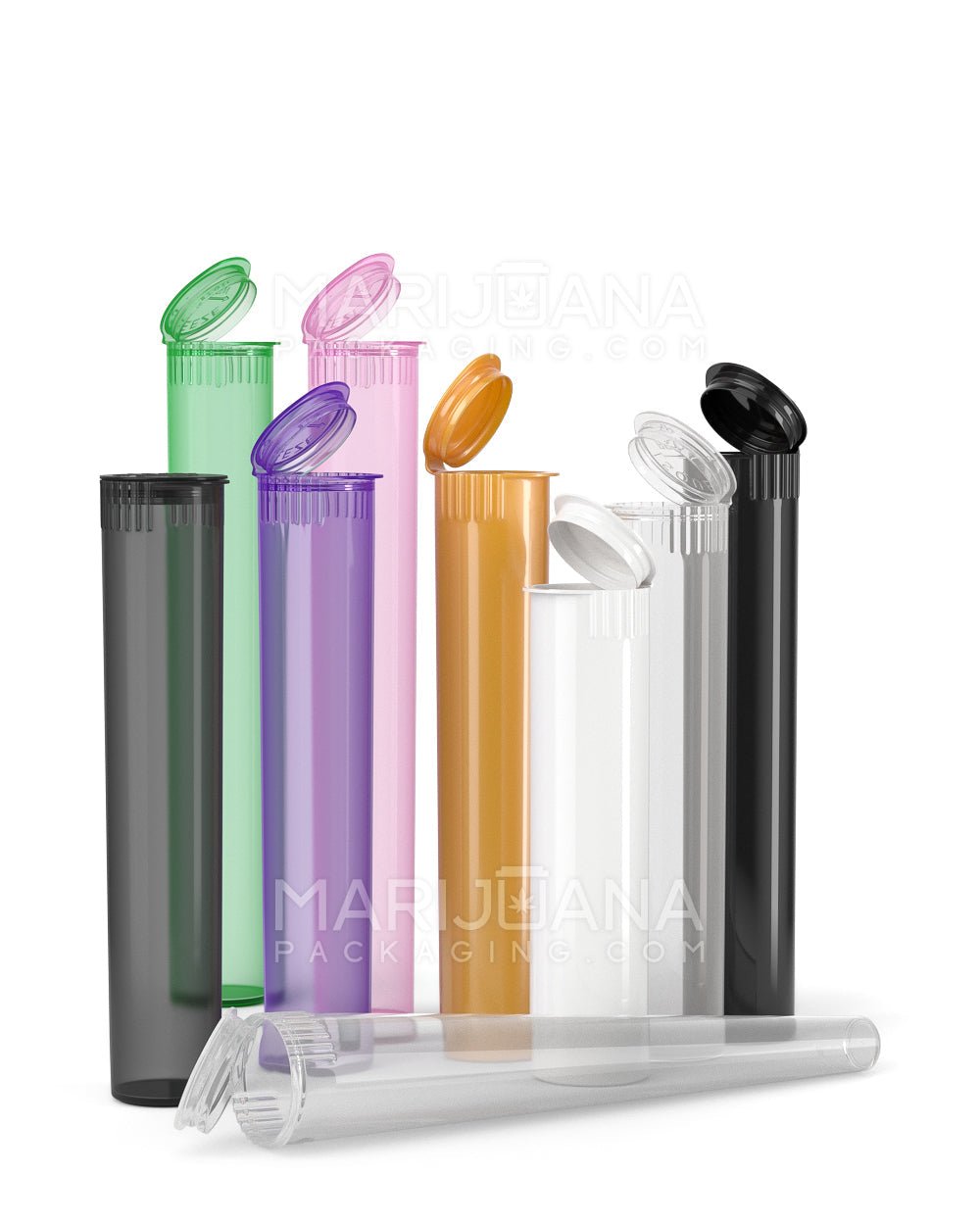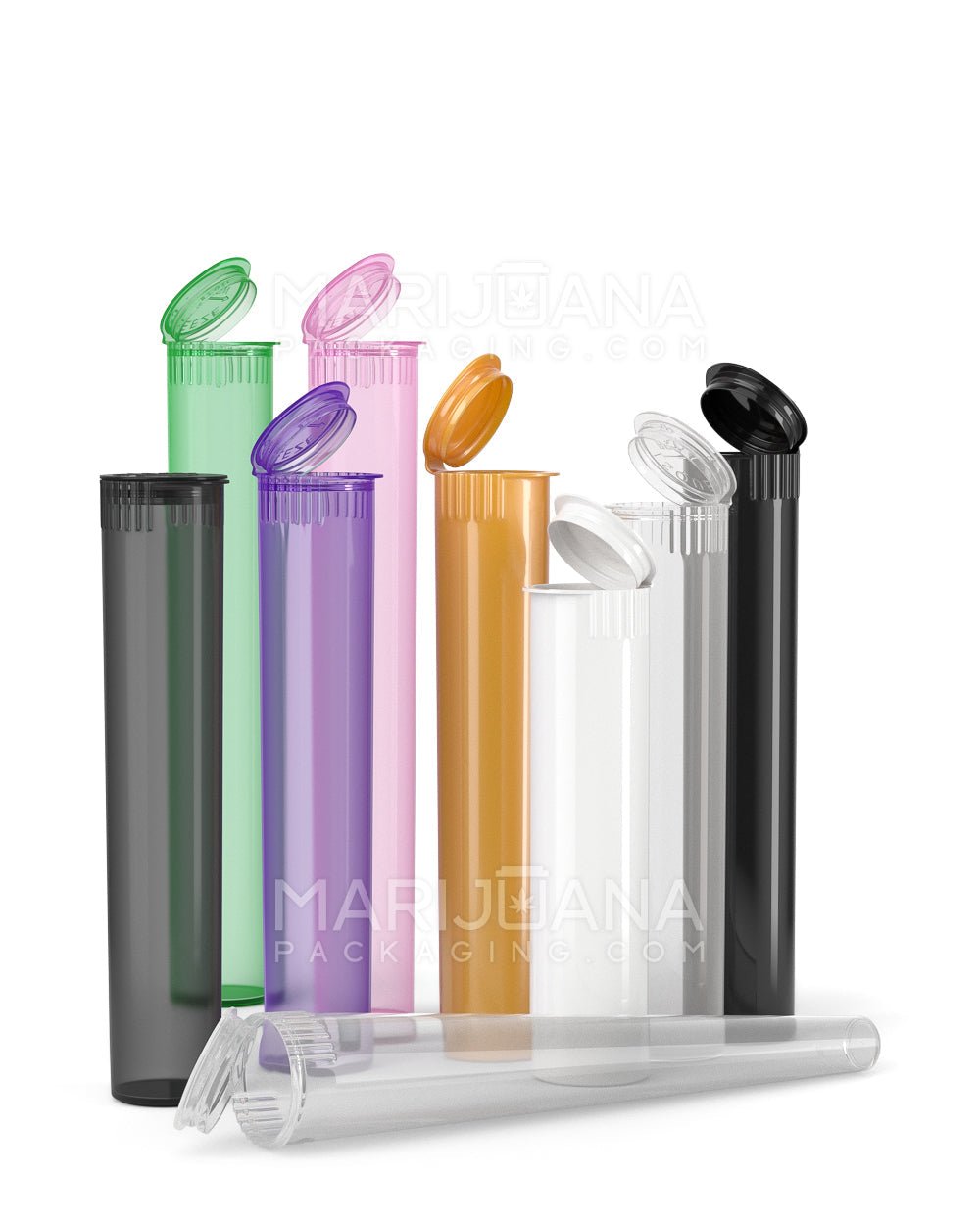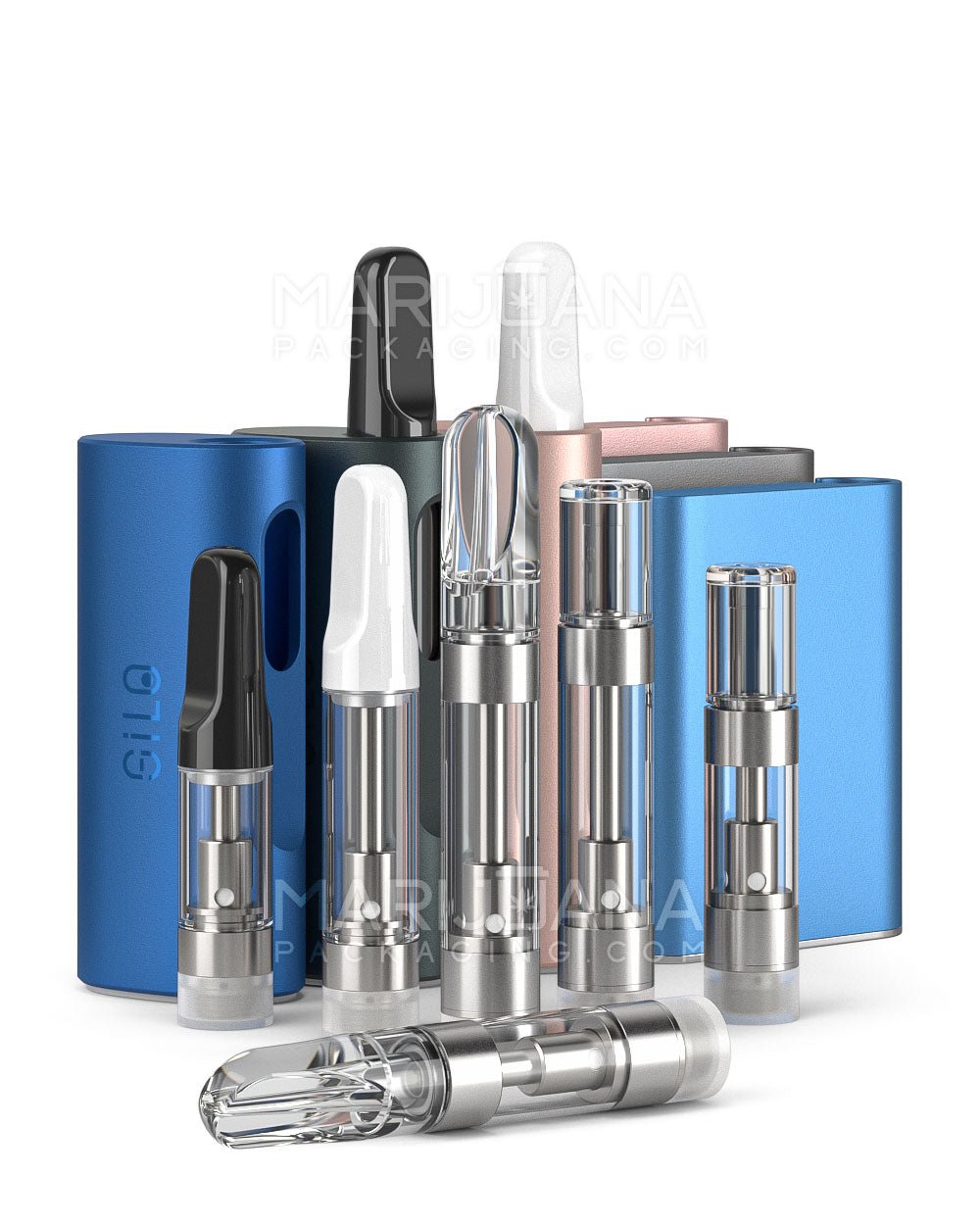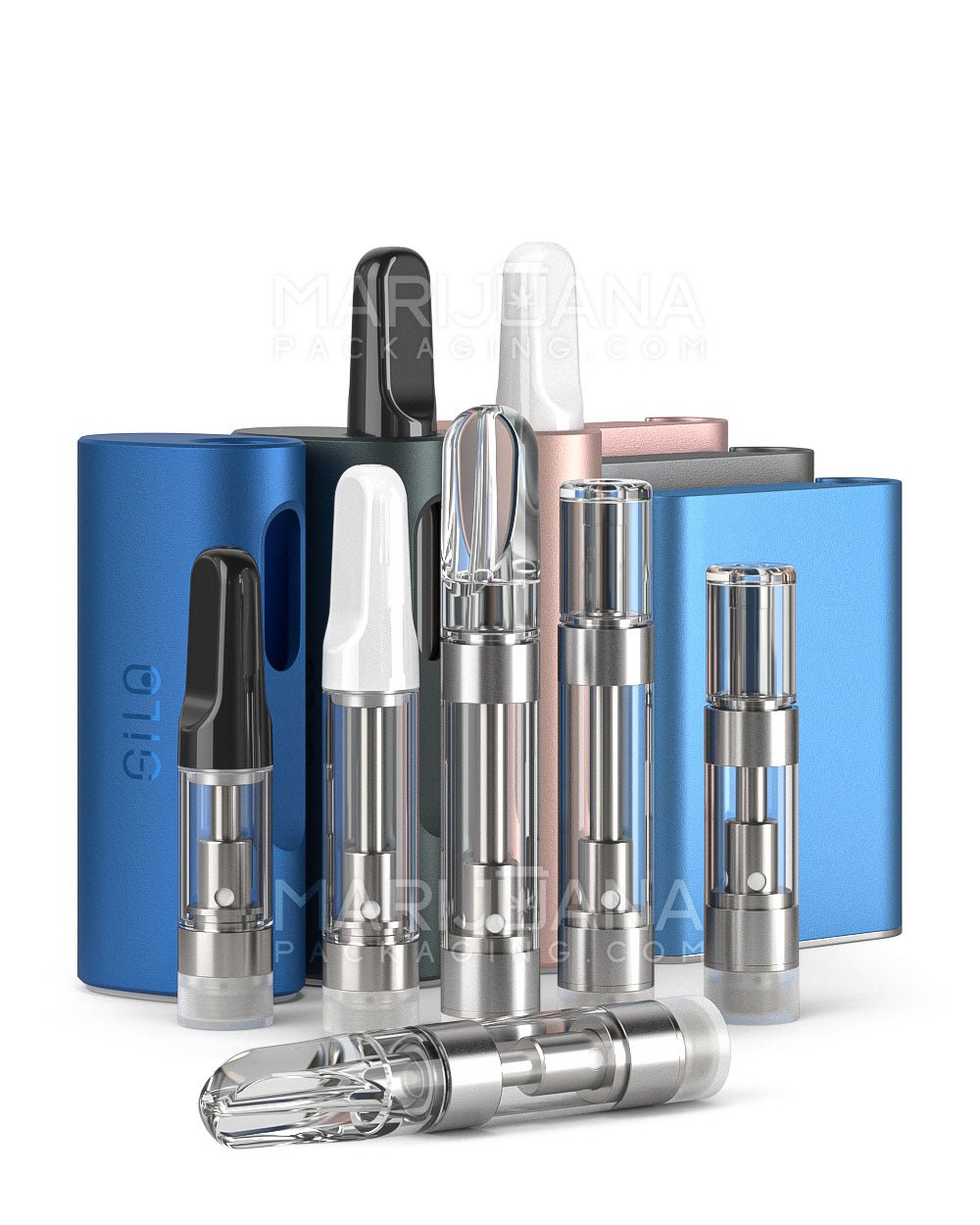When it comes to cultivating marijuana, there’s a lot more involved than just growing and harvesting the plant. One of the most overlooked but crucial parts of the process is curing. But, how long does it actually take? For those who are new to the marijuana scene, or even seasoned growers looking to refine their craft, this question is key to producing quality buds.
In this article, we'll break down the curing process, why it matters, and the steps involved. We’ll also explore factors that can influence the curing time and share tips to ensure you get the most out of your harvest. By the end, you'll have a solid understanding of what to expect and how to get the best results.
What is Curing and Why Is It Important?
Curing marijuana is the process of aging or drying the harvested buds to enhance their quality. Think of it like letting a fine wine age to perfection. But why go through all this trouble? Well, curing impacts the flavor, aroma, potency, and overall smoking experience of the cannabis. Simply put, proper curing can make the difference between a mediocre and an exceptional product.
When marijuana is freshly harvested, it contains a lot of moisture and chlorophyll, which can give it a harsh taste and smell. Curing helps in breaking down these compounds, leading to a smoother smoke and more pronounced flavors. Plus, it preserves the cannabinoids and terpenes, which are responsible for the plant’s effects and aroma.
Moreover, curing can improve the shelf life of your marijuana. Properly cured buds can be stored for a long time without degrading, which is essential if you’re growing more than you can use immediately.
The Steps Involved in Curing Marijuana
Before diving into how long curing takes, let's outline the basic steps involved in the process. Each step plays a role in ensuring your marijuana reaches its full potential.
1. Harvesting
The first step is to harvest your marijuana plants at the right time. This is usually when the trichomes on the buds are milky white with some turning amber. Timing is crucial here, as harvesting too early or too late can affect the potency and quality of the final product.
2. Drying
Once harvested, the marijuana needs to be dried before curing. This typically involves hanging the branches upside down in a dark room with good air circulation and a temperature of around 60-70°F (15-21°C) and humidity between 45-55%. The drying process usually takes about 7-10 days, depending on environmental conditions. The goal is to reduce the moisture content in the buds without overdrying them.
3. Trimming
After drying, the buds are trimmed to remove excess leaves and stems. This not only improves the appearance of the buds but also enhances the flavor by removing parts that don't burn well.
4. Curing
Finally, the buds are placed in airtight containers, such as glass jars, for curing. The jars should be stored in a cool, dark place, and opened daily to allow fresh air in and excess moisture out. This is where the magic happens, transforming good weed into great weed.
How Long Does Curing Take?
Now, for the million-dollar question: how long does curing marijuana take? The short answer is, it depends. However, a typical curing period ranges from two weeks to two months. The longer you cure your marijuana, the better the quality, but even a few weeks can make a noticeable difference.
The exact time needed for curing will depend on several factors, such as the strain of marijuana, the drying process, and the environmental conditions during curing. For instance, Indica strains might cure faster than Sativa strains due to their denser bud structure. Similarly, if the buds were dried more thoroughly, they might need less time to cure.
Here’s a general timeline to consider:
- 2-3 weeks: At this stage, the harsh "green" taste should be gone, and the buds will be smoother to smoke.
- 4-6 weeks: The flavors and aromas will be more developed, offering a richer experience.
- 6-8 weeks or more: This is where the buds reach their peak in terms of flavor and potency, offering the best possible experience.
Factors Affecting Curing Time
Several factors can influence how long it takes to properly cure marijuana. Let’s take a closer look at some of these elements:
1. Strain Type
As mentioned earlier, different strains may require different curing times. Indica strains, typically having denser buds, might cure a bit quicker compared to Sativa strains, which usually have fluffier flowers. Hybrid strains can vary, so it’s often a case of trial and error to find what works best.
2. Environmental Conditions
The environment where you cure your marijuana plays a significant role. A stable temperature between 60-70°F (15-21°C) and humidity levels around 55-65% are ideal. Too much humidity can lead to mold, while too little can dry out your buds too quickly, affecting flavor and potency.
3. Initial Drying Process
The drying process before curing also impacts the curing time. If your buds are dried too quickly, they might need more time in the curing jars to even out moisture levels. On the other hand, if they’re dried too slowly, they might be at risk of mold, which nobody wants.
Tips for Successful Curing
While curing is part science, it's also an art form that improves with practice. Here are some tips to help you along the way:
1. Use Quality Containers
Invest in good quality, airtight glass jars for curing. Glass is preferred over plastic as it doesn’t impart any unwanted flavors or chemicals to the buds. Plus, it’s easy to clean and reuse.
2. Monitor Humidity Levels
Using a hygrometer can be a game-changer. It allows you to keep an eye on the humidity levels inside your jars, ensuring they remain in the optimal range. If humidity is too high, consider leaving the jars open longer to let excess moisture escape.
3. Be Patient
It might be tempting to dive into your stash early, but patience truly is a virtue when it comes to curing. The longer you wait, the more developed the flavors and effects will be. Remember, good things come to those who wait.
Common Mistakes to Avoid
Like any process, curing has its pitfalls. Here are some common mistakes and how to avoid them:
1. Rushing the Process
One of the biggest mistakes is not allowing enough time for curing. While it might be hard to resist the urge, rushing the process can result in harsh, unpleasant smoke.
2. Ignoring Mold Risks
Mold can ruin your entire batch, so it’s essential to keep humidity in check. Regularly inspect your buds for any signs of mold, and if detected, act quickly to remove affected buds and adjust your curing conditions.
3. Not Burping the Jars
“Burping” refers to opening the jars daily to let fresh air in. This is crucial in the first few weeks to prevent mold and allow excess moisture to escape. Skipping this step can lead to a poor curing outcome.
When is Curing Complete?
Deciding when curing is complete is a bit like knowing when a ripe avocado is ready. It's a mix of feel, smell, and sometimes just intuition. Generally, your buds are ready when they smoke smoothly, with well-developed flavors and aromas.
Another sign that curing is done is when the moisture levels inside the jars have stabilized. If you’re using a hygrometer, this will be when the humidity levels remain steady in the ideal range without fluctuation.
Ultimately, the best way to determine if curing is complete is by testing a small sample. If it meets your standards in terms of taste, smell, and effect, you’re good to go!
Storing Your Cured Marijuana
Once curing is complete, proper storage is important to maintain quality. Here’s how to store your cured marijuana:
1. Use Airtight Containers
Keep your marijuana in airtight jars to prevent exposure to air, which can degrade cannabinoids and terpenes over time. Glass jars are again the preferred choice here.
2. Store in a Cool, Dark Place
Light and heat are enemies of marijuana potency. Store your jars in a cool, dark place to preserve their quality. A cupboard or closet works well, away from direct sunlight.
3. Avoid Frequent Opening
While it might be tempting to show off your stash or check on it frequently, try to limit opening the jars. Frequent exposure to air can lead to flavor and potency loss.
Final Thoughts
Curing marijuana is a vital step in ensuring you produce the best possible product. While it requires patience and attention to detail, the rewards are well worth the effort. By understanding the factors that affect curing time and following the steps outlined here, you can enjoy high-quality marijuana that’s a pleasure to consume.
As you navigate the curing process, remember that quality packaging is just as important as the curing itself. Gamut offers a range of packaging solutions that can help you maintain the freshness and quality of your marijuana. Whether you need stock options or custom designs, Gamut's full spectrum packaging services are designed to meet your needs and make your brand unforgettable.
